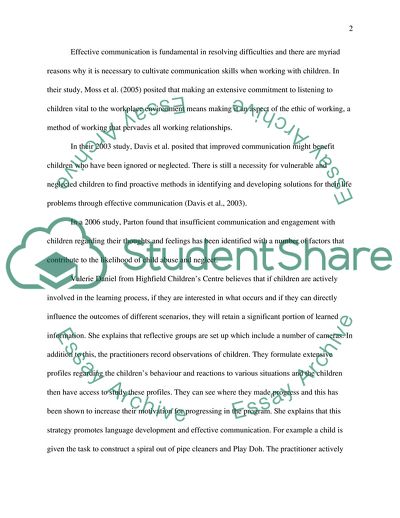Cite this document
(Strategies to Tackle Bullying Term Paper Example | Topics and Well Written Essays - 1750 words, n.d.)
Strategies to Tackle Bullying Term Paper Example | Topics and Well Written Essays - 1750 words. https://studentshare.org/sociology/1721542-how-can-an-analysis-of-positive-relationships-between-children-and-between-children-and-adults-enable-the-development-of-strategies-to-tackle-bullying
Strategies to Tackle Bullying Term Paper Example | Topics and Well Written Essays - 1750 words. https://studentshare.org/sociology/1721542-how-can-an-analysis-of-positive-relationships-between-children-and-between-children-and-adults-enable-the-development-of-strategies-to-tackle-bullying
(Strategies to Tackle Bullying Term Paper Example | Topics and Well Written Essays - 1750 Words)
Strategies to Tackle Bullying Term Paper Example | Topics and Well Written Essays - 1750 Words. https://studentshare.org/sociology/1721542-how-can-an-analysis-of-positive-relationships-between-children-and-between-children-and-adults-enable-the-development-of-strategies-to-tackle-bullying.
Strategies to Tackle Bullying Term Paper Example | Topics and Well Written Essays - 1750 Words. https://studentshare.org/sociology/1721542-how-can-an-analysis-of-positive-relationships-between-children-and-between-children-and-adults-enable-the-development-of-strategies-to-tackle-bullying.
“Strategies to Tackle Bullying Term Paper Example | Topics and Well Written Essays - 1750 Words”. https://studentshare.org/sociology/1721542-how-can-an-analysis-of-positive-relationships-between-children-and-between-children-and-adults-enable-the-development-of-strategies-to-tackle-bullying.


